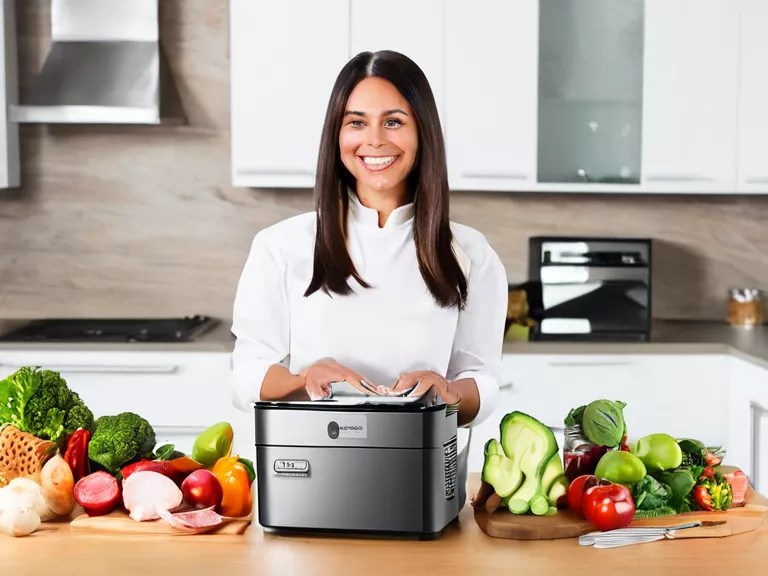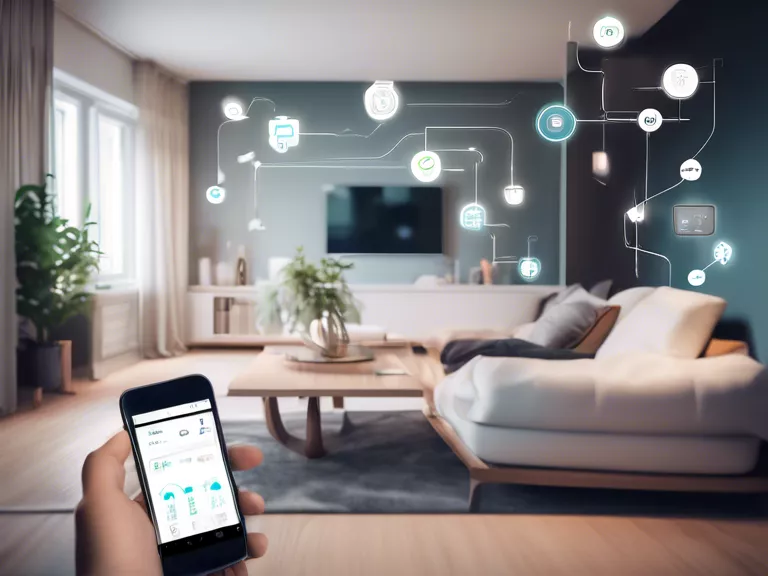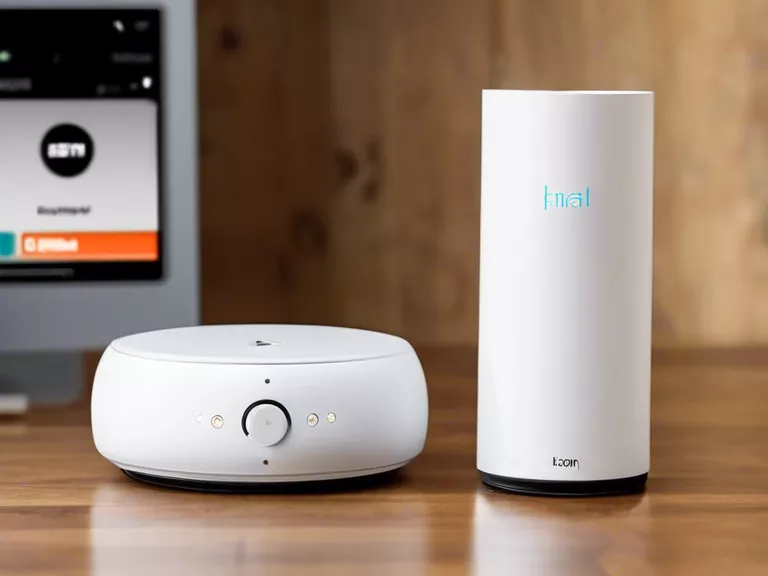
In recent years, home automation systems have become increasingly popular for their convenience and efficiency in managing household tasks. However, one of the lesser-known benefits of home automation is its impact on elderly care and safety. These systems have the potential to revolutionize the way we care for our elderly loved ones, providing a sense of security and independence like never before.
One of the key features of home automation systems is their ability to monitor and track the activities of the elderly residents in a home. For example, sensors can be placed throughout the house to detect movement, temperature changes, and even falls. This data can then be analyzed in real-time, alerting caregivers or medical professionals of any potential issues or emergencies. This constant monitoring provides peace of mind to both the elderly individual and their family members, knowing that help is always just a call away.
Moreover, home automation systems can also assist in daily tasks and routines, making independent living easier for the elderly. From voice-activated assistants to smart appliances, these systems can help individuals manage their medication schedules, turn lights on and off, adjust the thermostat, and even lock doors—all with the simple touch of a button or voice command. This level of automation not only increases convenience but also reduces the risk of accidents and forgetfulness that can be common among the elderly.
In terms of safety, home automation systems can be programmed to detect and prevent potential hazards in the home. Smoke and carbon monoxide detectors can be integrated into the system, alerting both the resident and emergency services in the event of a fire or gas leak. Motion-activated cameras and smart doorbells can also provide an added layer of security, allowing caregivers to monitor the home remotely and verify the identity of visitors.
Overall, the impact of home automation systems on elderly care and safety is undeniable. These systems offer a comprehensive solution for aging in place, allowing individuals to maintain their independence while ensuring their well-being is prioritized. As technology continues to advance, the possibilities for enhancing elderly care through automation are endless.



